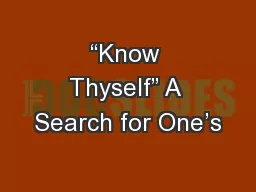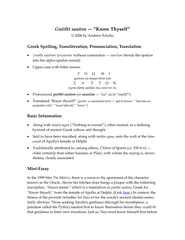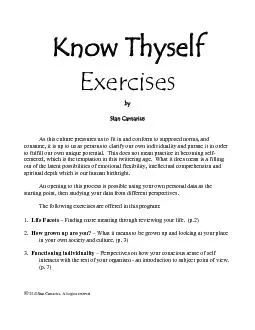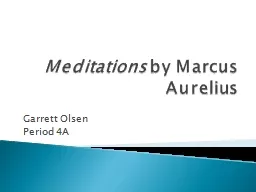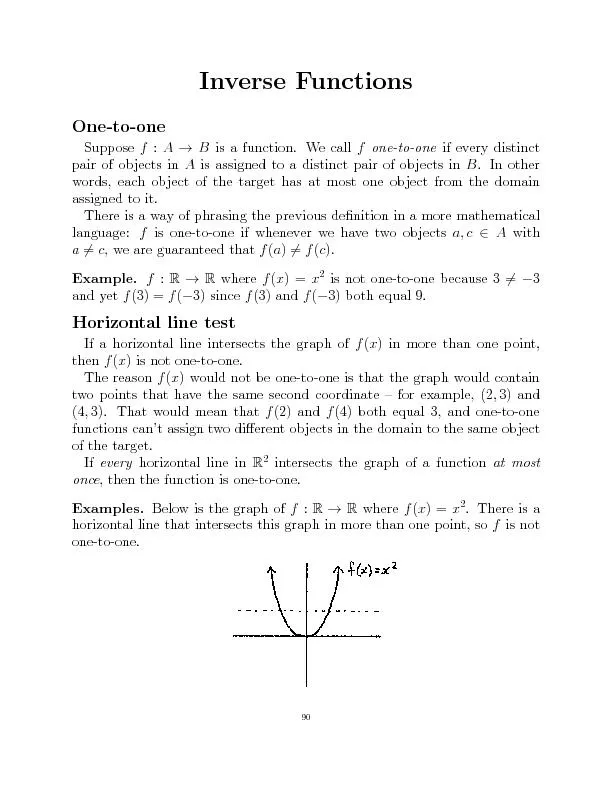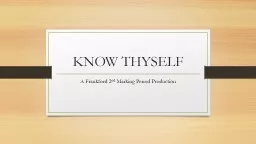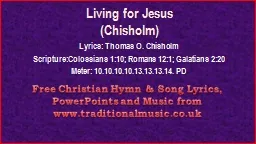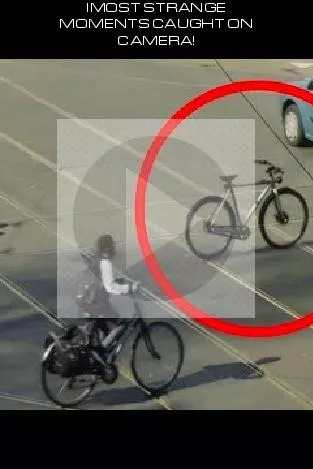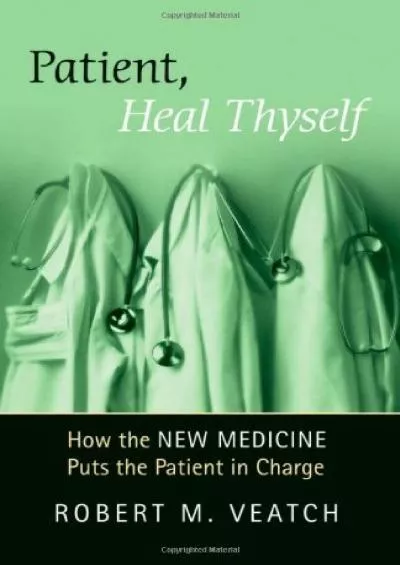PPT-“Know Thyself” A Search for One’s
Author : trish-goza | Published Date : 2018-03-08
Biological Identity Overview Recent favorable trends in Genetic Testing How I embarked on The Search How to find YOUR Biological Parents or any other relatives using
Presentation Embed Code
Download Presentation
Download Presentation The PPT/PDF document "“Know Thyself” A Search for One’s" is the property of its rightful owner. Permission is granted to download and print the materials on this website for personal, non-commercial use only, and to display it on your personal computer provided you do not modify the materials and that you retain all copyright notices contained in the materials. By downloading content from our website, you accept the terms of this agreement.
“Know Thyself” A Search for One’s: Transcript
Download Rules Of Document
"“Know Thyself” A Search for One’s"The content belongs to its owner. You may download and print it for personal use, without modification, and keep all copyright notices. By downloading, you agree to these terms.
Related Documents

